Do you know what indicators we should look at when buying activated carbon fwater filter cartridges?
Activated carbon filter is basically the same as multi-media filter in structure, the difference is that it is equipped with activated carbon with strong adsorption function, which is used for removing organic matter not removed by filtration and adsorbing residual chlorine in water, so that residual chlorine in effluent water is ≤ 0.1mg/L, SDI ≤ 4. Chlorine belongs to strong oxidizing agent, and it has a destructive effect on various types of membranes, especially reverse osmosis membrane is very sensitive to residual chlorine, therefore, for pure water production line which takes city tap water as water source, the more important function is to adsorb residual chlorine in water, which plays the role of protecting RO membrane. Therefore, for the pure water production line using city tap water as the water source, the main function of activated carbon is to adsorb the residual chlorine in the water and protect the RO membrane.
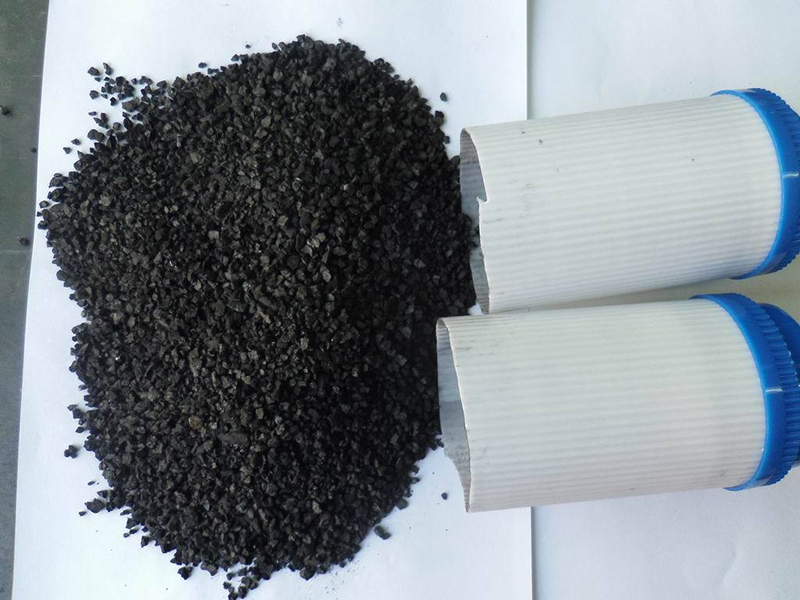
In the process of pure water manufacturing, the role of activated carbon adsorption is manifested in four aspects: to reduce the oxidation requirements of water; to avoid the entry of organic matter to pollute the ion exchange membrane and reverse osmosis membrane; to remove residual chlorine in the water to protect the reverse osmosis membrane; and to remove the trihalides in the water (THM), etc. to improve the overall quality of the water. The specific surface area of good activated carbon is generally greater than 1000m2/g, and the total volume of fine pores can be up to 0.6-1.8mL/g. The adsorption capacity of activated carbon is dominated by physical adsorption, which has no polarity and is generally reversible, and experiments have found that it can also carry out some selective adsorption, i.e., chemical adsorption. Production temperature in 300-500 ℃, acidic oxides prevail, this acidic oxides in water ionization, activated carbon is negatively charged; production temperature in 800-900 ℃, activated carbon has amphoteric properties. It is known from the determination of potential: generally activated carbon is negatively charged and weakly acidic in solution; under the acidic condition with lower pH value, the adsorption is better; under the alkaline condition with higher pH value, the adsorption is worse.
High-quality activated carbon poured into the water will produce a large number of tiny bubbles, the more intense the phenomenon, the more bubbles, the longer the duration, indicating that the effect is better. When the bubbles are released almost, you can see that the water of poor quality activated carbon has turned black, and the water of high quality activated carbon is still relatively clear and transparent. Real activated carbon costs a lot. Activated carbon is carbonized material in the high temperature of about 1000 degrees for activation, which is the most critical step in the production of activated carbon.
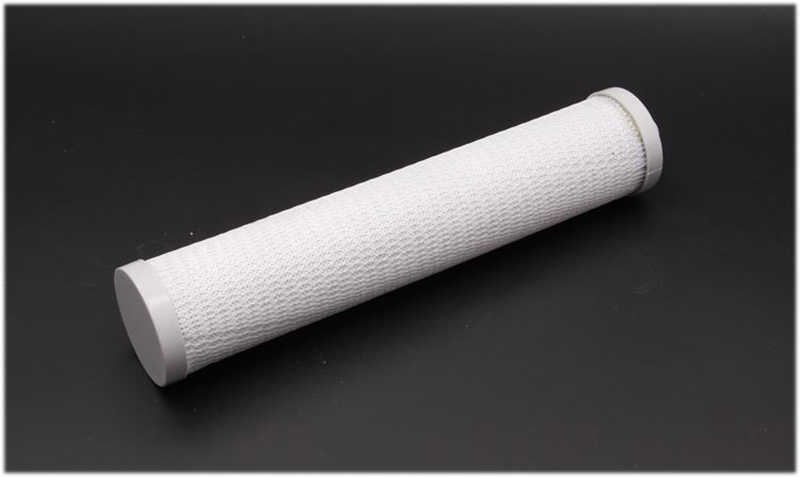
The selective adsorption of activated carbon can not only adsorb electrolyte ions, but also carry out ion exchange adsorption. Adsorption by activated carbon can also make potassium permanganate oxygen consumption (COD) from 15mg / L (O2) down to 2~7mg / L (O2). Adsorption also plays a catalytic role because it increases the concentration of adsorbed substances on the surface. Although activated carbon can adsorb quite a lot of inorganic and organic substances, it does not have adsorption capacity for all organic substances, such as activated carbon is more difficult to adsorb alcohols, high molecular weight organic substances or colloidal organic substances. When activated carbon is used in the water treatment system, first of all, it needs to be pre-treated, granular activated carbon should be soaked and rinsed in water to remove dirt before entering into the column, and then dynamically processed 1-3 times with 2% HCl and 4% NaOH solution alternately after loading into the column at a flow rate of 18-21m/h, and the dosage is about 3 times of the volume of activated carbon, and each time it needs to be drenched and rinsed to be neutral after processing. Secondly, apply to the influent water conditions, the general requirements of the influent water suspended solids content of less than 3-5mg / L. Again, the adsorption endpoint control, according to the nature of the removal of the residual chlorine content of the effluent control less than 0.1mg / L, such as the leakage of organic matter as a control point, should be controlled in the effluent water with the ratio of the oxygen consumption and the content of the total anion is less than 0.004 or COD <2mg/L.
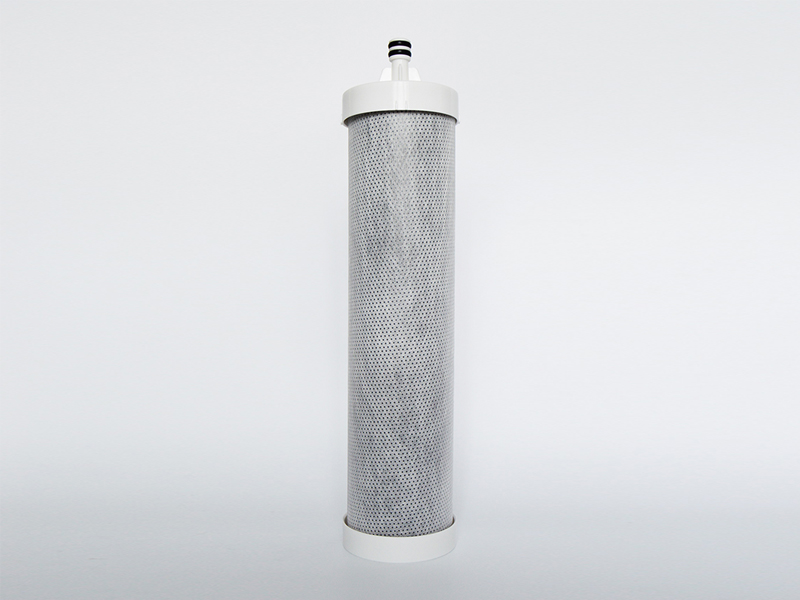
Activated carbon adsorber form more, according to the form of carbon bed can be divided into fixed bed, expansion bed and mobile bed three kinds, at present widely used is the fixed bed adsorption device, generally for the pressure type. Pressure adsorber structure is similar to the pressure filter, can be made into a simple adsorber, can also be combined with quartz sand into an adsorption filter, both of which can remove organic matter, but also can be filtered to remove suspended solids. At the bottom, 0.2-0.3m thick support layer and quartz sand filter layer are installed, and the upper part of the quartz sand is generally filled with 1.0-1.5m thick activated carbon, as an adsorption filter, and its filtration rate is generally 6-10m/h; when it is purely used as an adsorption filter, there is no quartz sand layer on the support layer, and the height of the activated carbon layer is 2-3m, and its filtration rate is 3-10m/h, and its backwashing strength is 4-12L/(S-m2). (S-m2).
Activated carbon can be regenerated, mostly by high temperature heating regeneration, generally through the following three stages.
① Drying stage
Temperature 150-300 ℃, dehydration and drying of wet carbon.
② Roasting stage
The temperature is 300-600℃, and the adsorbed organic matter is thermally decomposed, carbonized or gasified to achieve desorption.
③ Activation stage
Temperature 800-900℃, activate the carbonized surface with water vapor or carbon dioxide gas.
Generally used because of the small amount of water, activated carbon failure is mostly all replaced, rarely regenerate themselves, generally about one year replacement.
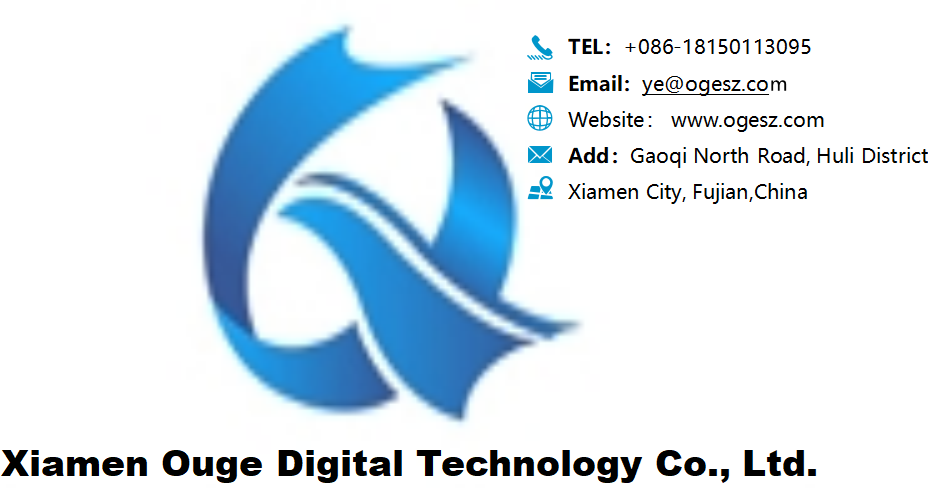




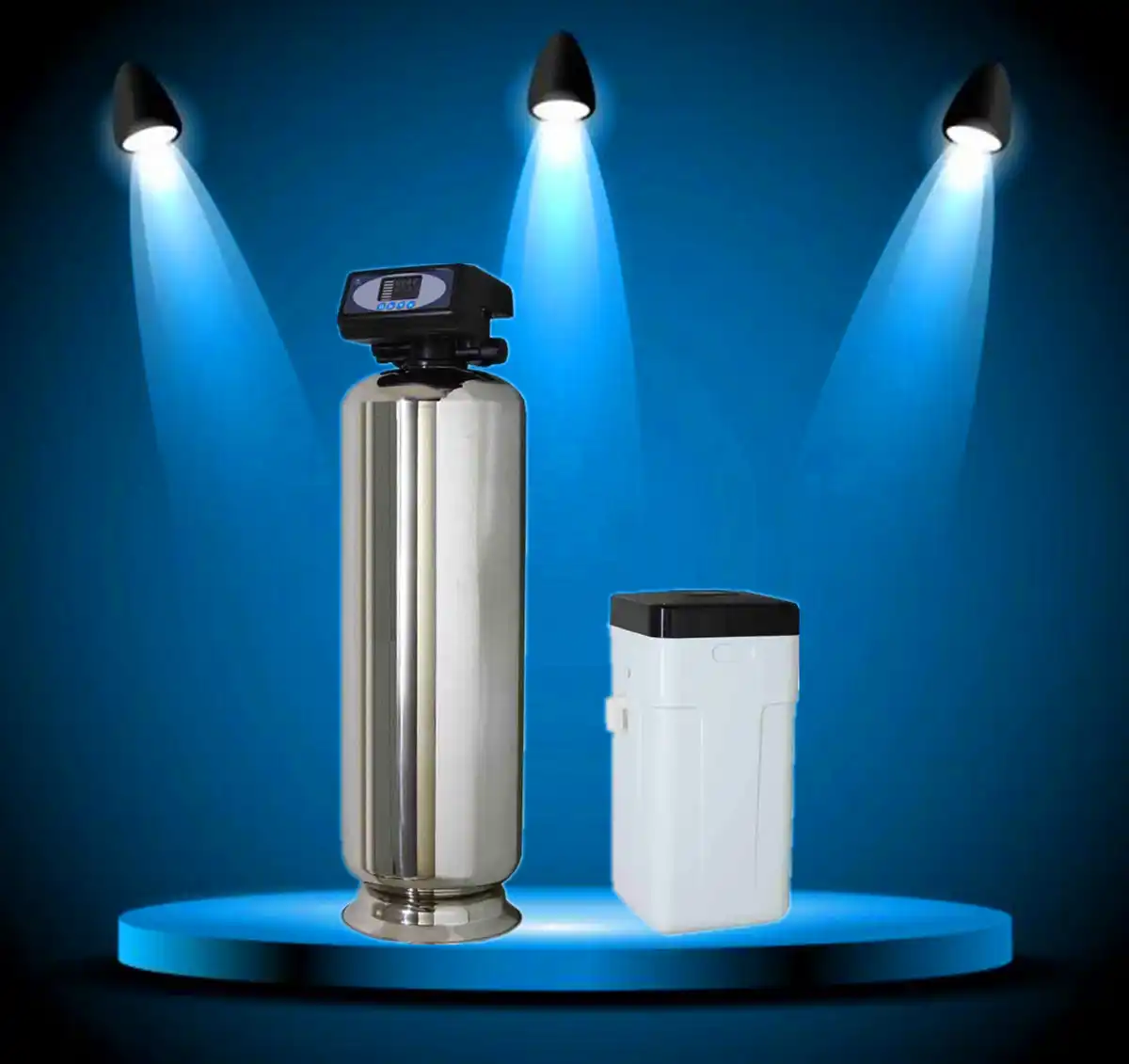 How to Choose Reliable Central Water Filtration and Water Softening Systems? Most People Get It Wrong!
How to Choose Reliable Central Water Filtration and Water Softening Systems? Most People Get It Wrong!
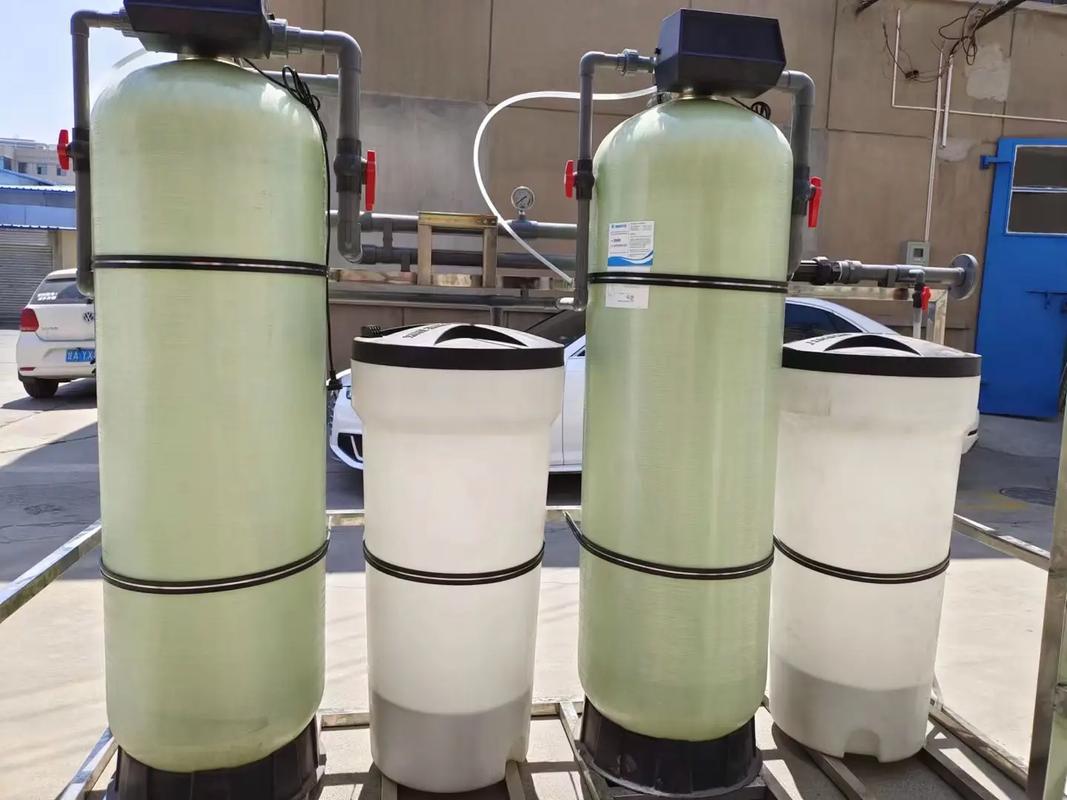 In rural areas, where groundwater from wells is the primary water source, is it truly necessary to install water purification equipment?
In rural areas, where groundwater from wells is the primary water source, is it truly necessary to install water purification equipment?
 Features and Process of Iron and Manganese Removal Equipment for Well Water and Groundwater!
Features and Process of Iron and Manganese Removal Equipment for Well Water and Groundwater!
 Application of Reverse Osmosis Technology in Industrial Ultrapure Water Production
Application of Reverse Osmosis Technology in Industrial Ultrapure Water Production